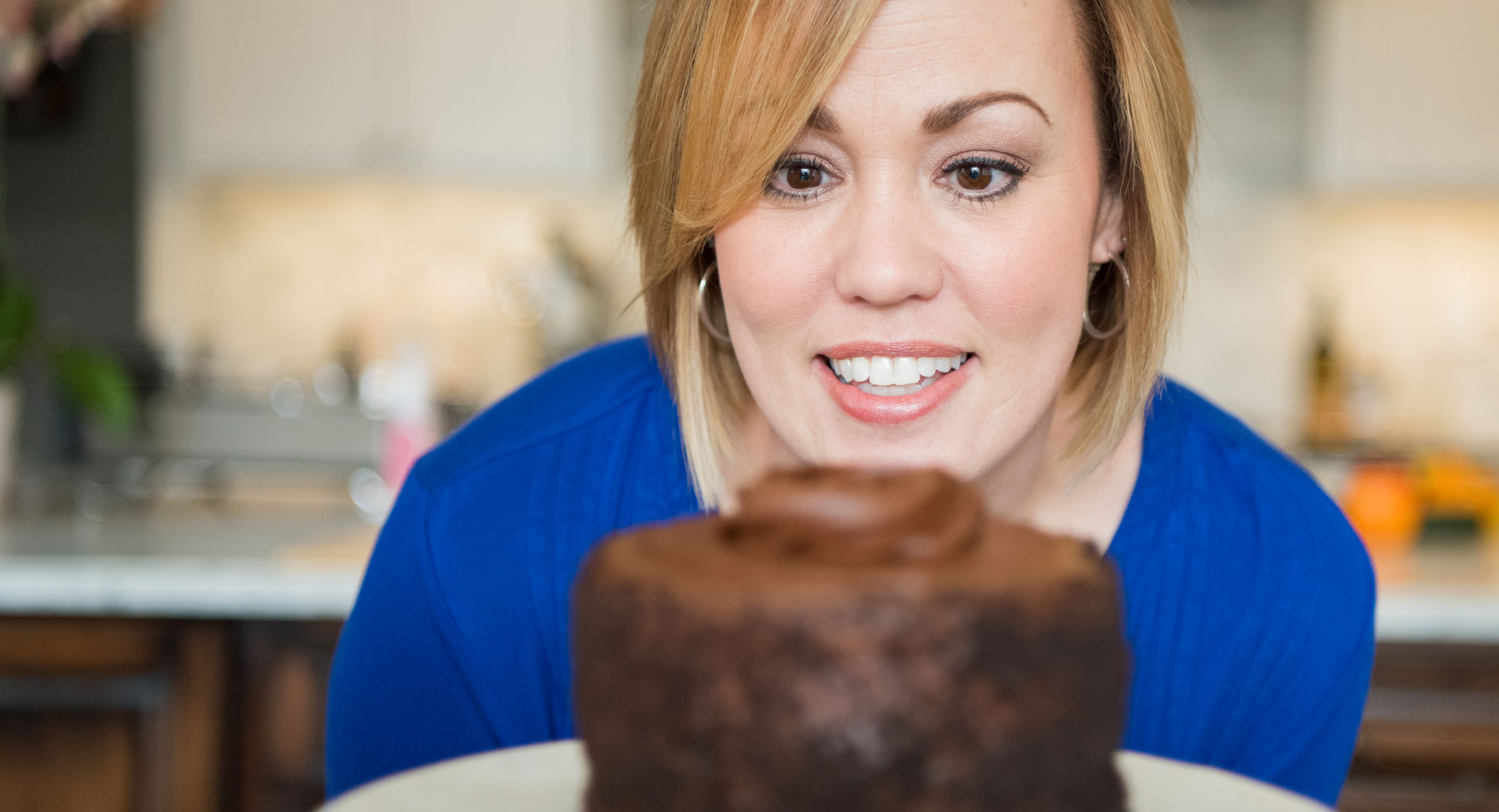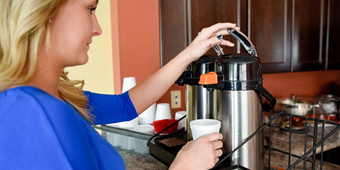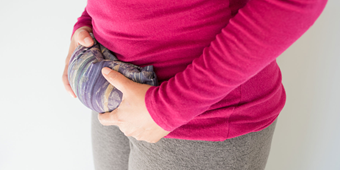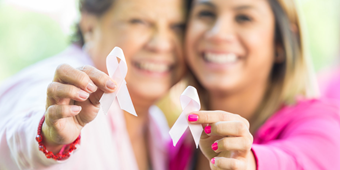PMS Essentials (Chocolate Not Included)

Find Your Perfect Match
Answer a few questions and we'll provide you with a list of primary care providers that best fit your needs.
You’ve been feeling so off for the past few days ¬– irritable, bloated, anxious. And then, everything makes sense in hindsight: you start your period and immediately feel better. You realize, “Of course, it was PMS making me feel awful.” But what is PMS? And (most importantly) what can be done about it?
What Is PMS?
Premenstrual syndrome (PMS) is a group of symptoms that affect your body and mood in the days before your period. No one is sure exactly why it happens, but scientists suggest that the sudden drop in hormones (estrogen and progesterone) after you ovulate causes the issue.
Unfortunately, PMS symptoms can grow worse as you get older and closer to menopause in your late 30s and early 40s.
What Are the Symptoms?
Here are the most common PMS symptoms:
- Irritability or hostile behavior
- Anxiety/tension
- Breast tenderness
- Bloating/gassy feeling
- Constipation/diarrhea
- Acne
- Exhaustion/sleeping problems
- Food cravings or changes in appetite
- Cramping
- Headache or backache
- Depression/crying spells
- Forgetfulness and clumsiness
Unfortunately, PMS symptoms can grow worse as you get older and closer to menopause in your late 30s and early 40s. If your symptoms are especially bad and cause problems in your daily life, you may have premenstrual dysphoric disorder (PMDD), a severe form of PMS diagnosed in a small percentage of women.
How Can PMS Be Diagnosed?

In order to be diagnosed with PMS, you have to keep a record of your symptoms. These symptoms must occur at least three months in a row, stop within four days of your period starting and cause problems with your daily life. Your doctor must see your pattern of symptoms to diagnose you with PMS.
What Is the Treatment?
While dark chocolate may give you a little boost while you have PMS, believe it or not, other plans of action will help you deal with your PMS symptoms better.
- Exercise: Regular exercise around three to five times a week has been shown to lesson PMS symptoms, especially fatigue and depression. Aim for an aerobic workout (brisk walking, running, swimming, etc.) that lasts around 30 minutes on most days of the week.
- Diet: Focus on eating whole foods with lots of fruits and vegetables, instead of junk food and sugar. Avoid caffeine and alcohol, and add in foods with lots of calcium, such as yogurt and leafy veggies. Quit smoking.
- Relaxation Techniques: PMS often hits women hardest who are dealing with a lot of stress. If that’s you, it can help to add in yoga, meditation and breathing exercises. Getting enough sleep is especially important.
- Medicine: Some medicines prescribed to women with PMS are diuretics (to help eliminate retained fluid), NSAIDS (such as ibuprofen or aspirin, to deal with pain), birth control pills (to manage hormones, though this comes with other side effects) and anti-depressants (to help with mood symptoms).
- Supplements and Alternative Medicines: Studies show that calcium and vitamin B6 can help with PMS symptoms. Magnesium and polyunsaturated fatty acids (omega-3 and omega-6) may also be helpful.
Some women report that herbal supplements have helped with their PMS symptoms (though studies conflict). Black cohosh, chasteberry and evening primrose oil are some common remedies.
Be sure to talk with your doctor about what you’re experiencing each month. Bottom line: While you may feel at the mercy of PMS, you can take steps to lesson your symptoms, helping you to thrive – even during that time of the month.
Find Your Perfect Match
Answer a few questions and we'll provide you with a list of primary care providers that best fit your needs.
Source: Womenshealth.gov; American College of Obstetricians and Gynecologists




